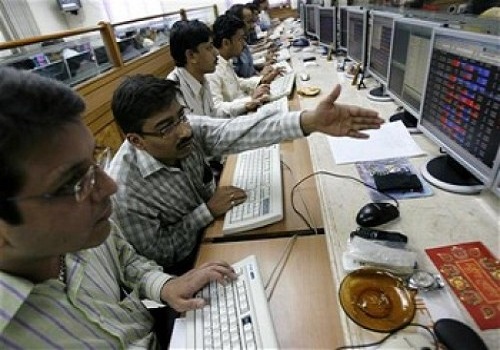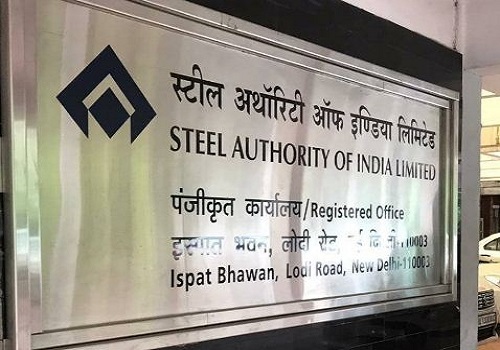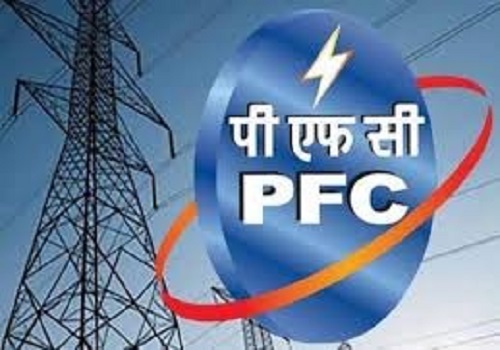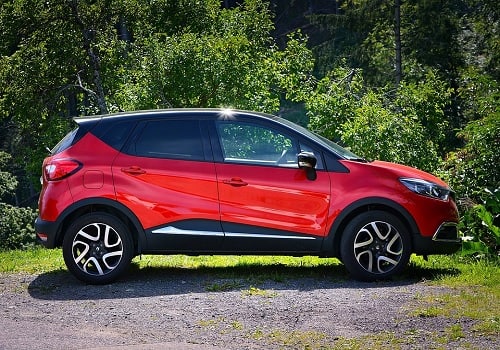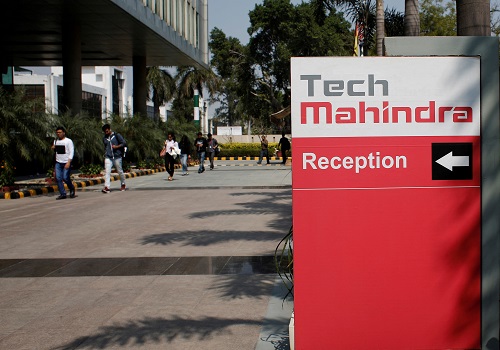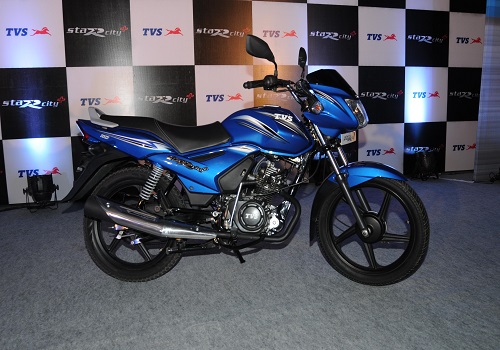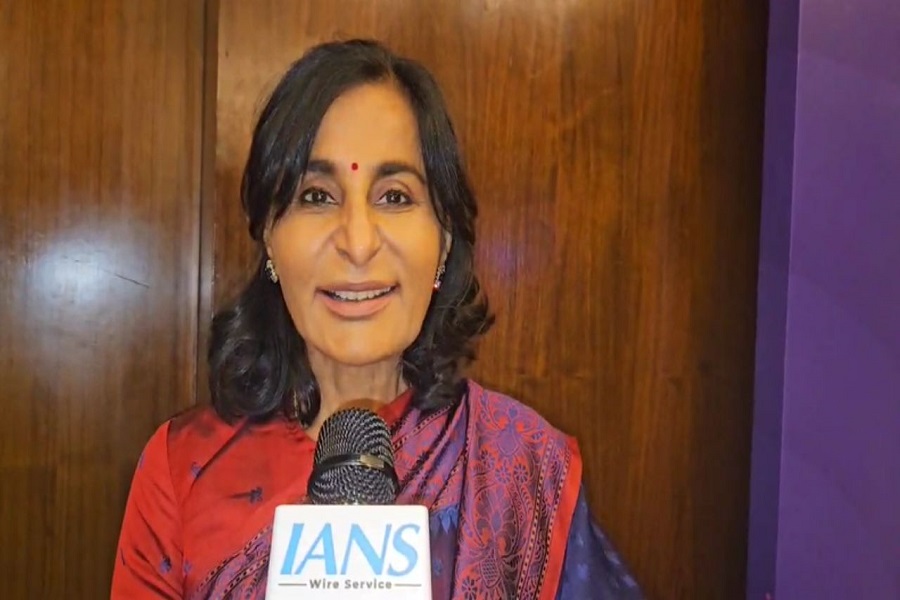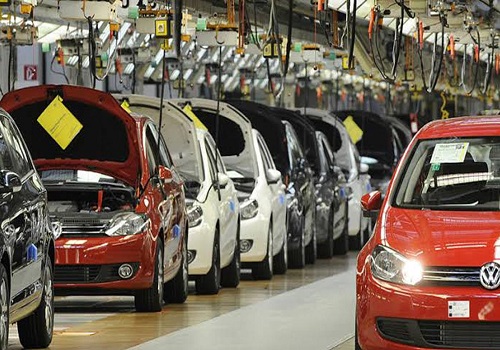Indian auto component industry logs Rs 5.60 lakh crore business in FY23: ACMA
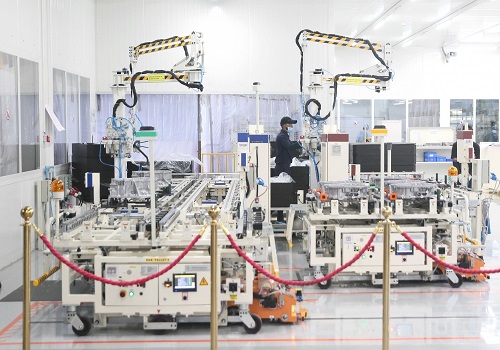
A combination of good domestic, exports, and after market sales of automotive components last fiscal resulted in the industry logging a 32.8 per cent growth to Rs.5.60 lakh crore or $ 69.7 billion, said top officials of the Automotive Component Manufacturers Association of India (ACMA).
Sharing his insights on the performance of the industry, ACMA President and Chairman, Sona Comstar, Sunjay Kapur said: "On the front of trade, it is appreciable that there has been steady growth in exports despite recessionary trends in Europe and the US which are key export destinations for the auto components industry. Strong rebound in vehicle sales in the domestic market also led to a sharper rise in imports that has translated into a trade deficit this year."
He said sales of cars, commercial vehicles and tractors have now reached the pre-pandemic levels and even the two wheeler industry has recovered well.
"With significant mitigation in the supply-side issues of availability of semiconductors, input raw-material costs and logistics, the vehicle industry is expected to continue to perform well in FY24, which augurs well for the auto components sector. That apart, exports and growth in the domestic aftermarket continue to be robust," Kapur said.
Looking back at the fiscal that went by, ACMA Director General Vinnie Mehta said: "The component industry sized-up to Rs 5.60 lakh crore ($69.7 billion) registering 32.8 per cent growth, thus outpacing its highest ever turnover of Rs. 4.20 lakh crore in FY 21-22. Exports grew by 5.2 per cent to Rs 1.61 lakh crore ($20.1 billion) while imports grew by 10.9 per cent to Rs 1.63 lakh crore ($20.3 billion). The Aftermarket, estimated at Rs. 85,333 crores also witnessed a steady growth of 15 per cent. Component sales to OEMs in the domestic market grew by 39.5 per cen t to Rs. 4.76 lakh crore."
Key findings of the ACMA Annual Industry Performance Review for 2022-23: Auto Component sales to OEMs, in the domestic market, at Rs 4.76 lakh crore ($59.3 billion) grew 39.5 per cent compared to the previous year.
Consumption of increased value-added components and shift in market preference towards larger and more powerful vehicles contributed to the increased turnover of the auto-components sector. Exports of auto components witnessed growth of 5.2 per cent to Rs 1.61 lakh crore ($20.1 billion) in 2022-23 in contrast to Rs 1.41 lakh crore ($19 billion) in 2021-22.
North America, accounting for 32 per cent of exports, saw a growth of 8 per cent. Europe accounting for 31 per cent and Asia for 26 per cent, grew 3 per cent and 4 per cent, respectively. The key export items included drive transmission and steering, engine components, body/chassis, suspension, braking and others.
Traction in the domestic market also reflected on imports of components into India. Component imports grew by 10.9 per cent in 2022-23 to Rs 1.63 lakh crore ($20.3 billion) from Rs 1.36 lakh crore ($18.3 billion) in 2021-22. Asia accounted for 66 per cent of imports followed by Europe and North America at 26 per cent and 6 per cent, respectively.
Imports from Asia grew 12 per cent, while those from Europe by 6 per cent and from North America by 23 per cent. Increased movement of vehicles post-pandemic and surge in demand for used vehicles led to buoyancy in the aftermarket across all segments. The turnover of the aftermarket in FY 2022-23 stood at Rs 85,333 crore ($10.6 billion) compared to Rs 74,203 crore ($10 billion) in the previous year.


